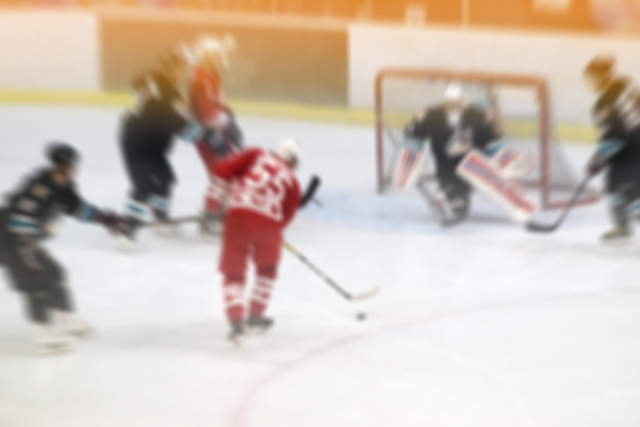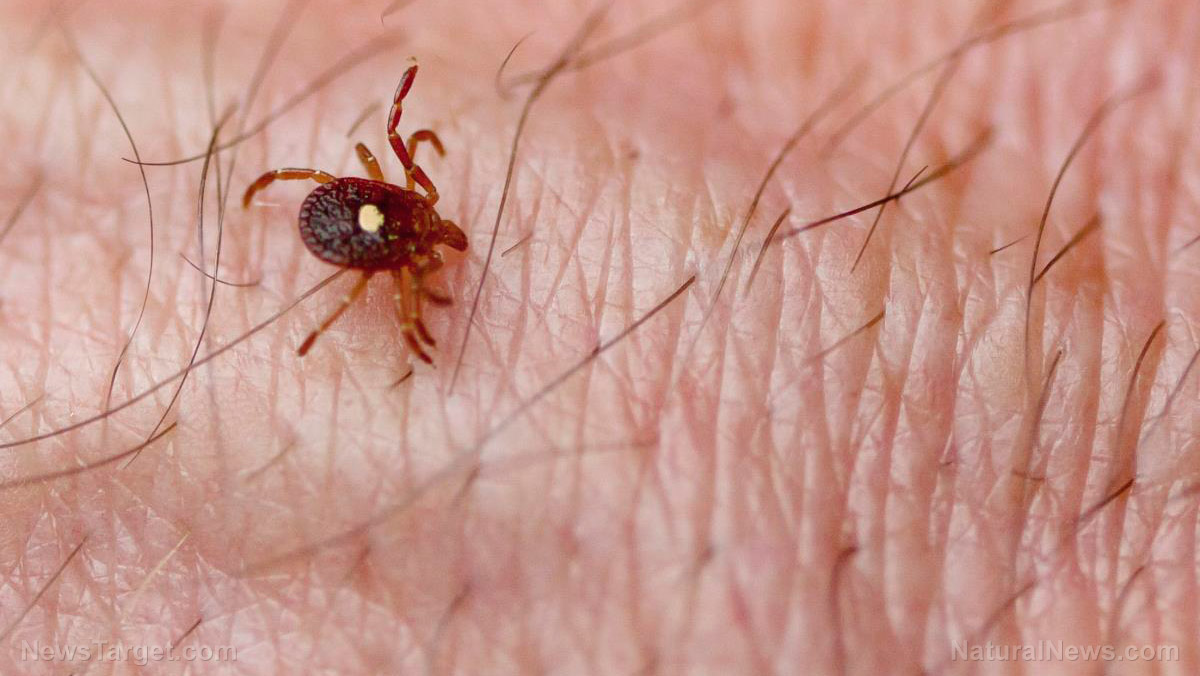
Team doctor Michael Terry described Hossa's ailment as a progressive skin disorder, and noted the declining efficacy of the medications the athlete is currently taking. According to recent reports, the drugs Hossa is taking to counter the allergic reaction are so potent that physicians actually called for routine blood testing every few weeks to ensure that no major side effects take place.
“I would say usually it's much more itchy than painful. Think of this as large parts of the body with a poison ivy reaction. Scratching can cause open sores. For a lot of people, the open sores and pain are more tolerable than the chronic itching. It's not the fabric itself but the things it's treated with. Every exposure makes it progressively worse,” said Warren Piette, the dermatology division chairman at Stroger Hospital.
“If it's unclear what he's allergic to do, it would be hard to avoid something you don't know to avoid. It perpetuates itself because the skin never heals with playing hockey every day...We see people with allergic reactions to shin guards, shoes, ice skates. In cases I've seen, we've put in a protective layer (between the skin and equipment)...Sometimes taking a break from the equipment and letting the skin heal is best. If you can completely avoid it, it should get better,” said dermatologist Amy Derick.
Hossa, 38, came into the league during the 1997-1998 season, and has scored 525 goals and 609 assists. The future Hall of Famer joined the Blackhawks in 2009.
Skin disorder is all too familiar among athletes
Hossa's current skin condition was not the first time that the disease manifested in athletes. In fact, former Blackhawks and Minnesota North Stars defenseman Tom Reid had a bout with a skin disease, known only as "the gunk", in the 1970s. According to Reid, the skin condition started as a quarter-sized spot on his left arm, which rapidly progressed and eventually spread to his torso from the waist to the upper chest area.
Reid noted that the condition took away a layer of skin in the affected area, as the skin shed and stuck to fabric. A combination of sweat and friction exacerbated the condition. Reid tried various treatments, but the skin condition eventually forced him to retire from the rink after 11 years. According to Reid, at least 40 players were also forced to retire because of the skin disorder. (Related: The right vitamins may naturally improve skin condition)
Former Red Wings goalie Gilles Gilbert also reported a progressive skin disease that led to his forced retirement in the early 1980s.
You can read more stories like that when you go to Remedies.news.
Sources include:
Please contact us for more information.






















